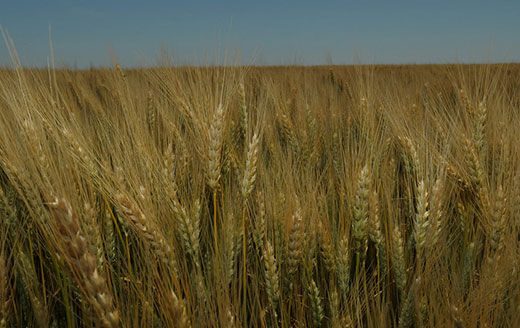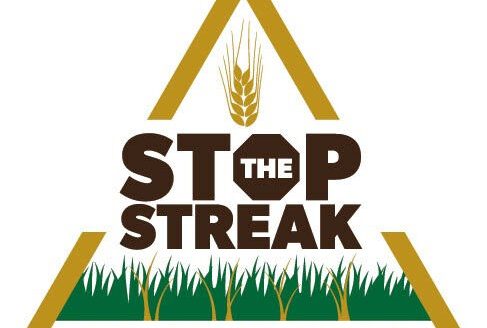Kansas State University wheat disease specialist Kelsey Andersen Onofre said stripe rust and Fusarium head blight continue to be top concerns for Kansas wheat producers.
Onofre, who recently gave her wheat disease report during K-State’s Wheat Rx seminars, said in total, “we had about 14% estimated (wheat) yield loss to disease in 2021.”
She said that stripe rust was the top disease affecting Kansas wheat this past season. “We probably need an increased focus on foliar fungicides until we have more varieties with resistance that holds up against our current populations of the stripe rust pathogen," she said.
According to Onofre, many of the fungicides labeled for the control of stripe rust work very well.
However, she said it’s important to remember to apply fungicide at the rate indicated on the label, and at the intended time for the greatest effect on stripe rust.
Fusarium head blight is more likely to be a problem in fields that are a part of a corn rotation, Onofre said.
“Our best-case scenario for Fusarium head blight control is to pair a moderately resistant variety with a fungicide application at early flowering,” she said. “The key to Fusarium head blight is getting that application on at the right time. It is better to be slightly late (meaning the end of flowering) than early.”
Onofre added it is “always important” to take note of pre-harvest intervals when making late season fungicide applications.
She encourages produces to “really be thinking about not skipping that input (fungicide) this year if we’re having a year where we have any disease risk.”
Data from the past 12 years indicates that there is a 7% to 8% yield benefit when fungicides are applied, but in fields with high stripe rust pressure the yield benefit can be greater than 30%.
More information on wheat production and other agricultural topics is available at local extension offices in Kansas.




